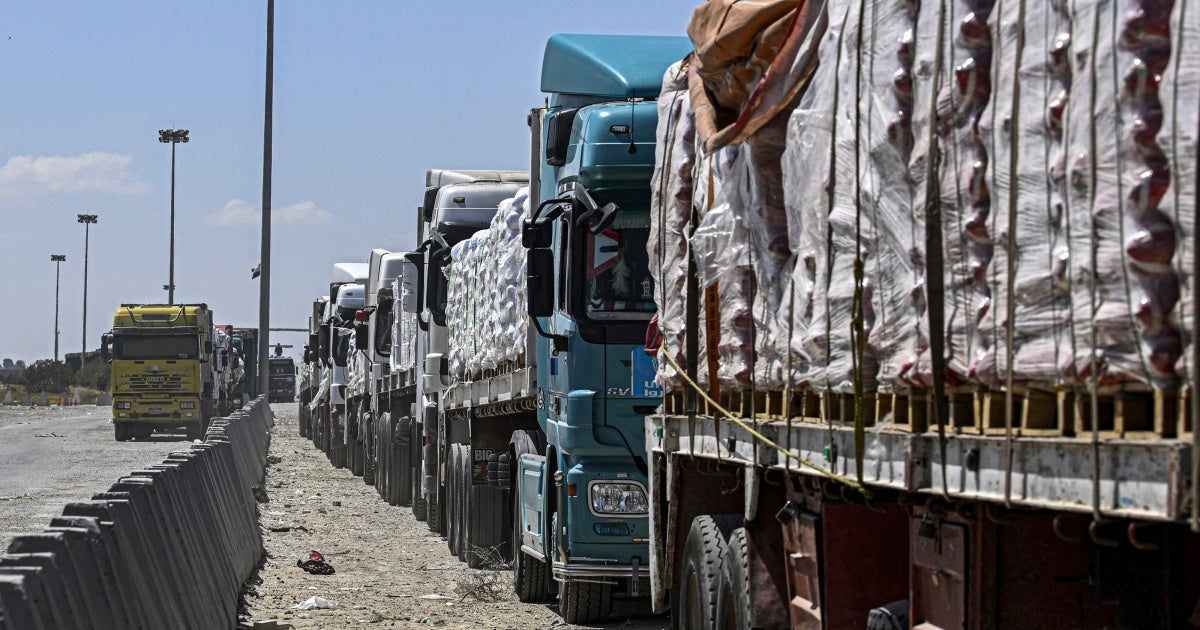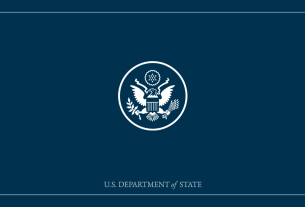KHAN YOUNIS, Oct. 17, 2025 — Humanitarian aid convoys were seen entering Khan Younis on Friday, marking a visible uptick in relief efforts since the U.S.-brokered ceasefire between Israel and Hamas took effect. According to the UN World Food Programme (WFP), an average of 560 metric tons of food — primarily from the United States — has been delivered into Gaza daily since the truce began.
Access Still Severely Limited
Despite the increase in aid volume, access to northern Gaza and Gaza City remains critically limited. The UN Office for the Coordination of Humanitarian Affairs (OCHA) cited war-damaged roads and the continued closure of key routes as major obstacles. “We’re still below what we need, but we’re getting there,” said Tom Fletcher, UN Under-Secretary-General for Humanitarian Affairs.
Famine conditions persist in parts of northern Gaza, where thousands of civilians remain cut off from consistent food, water, and medical supplies. Aid agencies warn that without unhindered access, the humanitarian crisis could deepen despite the ceasefire.
Ceasefire Brings Fragile Relief
The ceasefire, now in its third week, has allowed for partial restoration of aid corridors, particularly in the south. Khan Younis has become a focal point for distribution, with aid trucks entering via the Kerem Shalom crossing. However, logistical bottlenecks and security concerns continue to delay broader access.
UN Calls for Scaled-Up Effort
The UN estimates that thousands of aid trucks per week are needed to meet basic needs across the Gaza Strip. Fletcher emphasized that while the current flow is a positive sign, it remains “well below the scale of need.”
Humanitarian Imperative
International organizations are urging all parties to prioritize safe, sustained, and unimpeded humanitarian access. With winter approaching and infrastructure in ruins, the risk of disease and malnutrition is rising.
Sources: Al Jazeera Aljazeera; GMA News GMA Network; Asharq Al-Awsat Asharq Al-Awsat; Yahoo News Yahoo.



